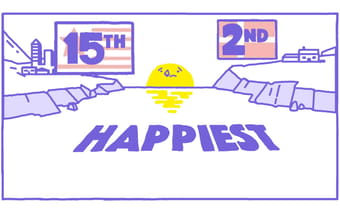Twenty-six years after the meltdown at Chernobyl, the legacy of the 1986 explosion lives on.
“It is a disaster that left a 30-kilometre uninhabitable exclusion zone, displaced hundreds of thousands of people, and still threatens the lives of tens of thousands,” writes Greenpeace today.
All these years and a triple meltdown at Fukushima later, the industry and its supporters have yet to learn.
“The nuclear industry still hasn’t realized or admitted that its reactors are unsafe. Reactors are vulnerable to any unforeseen combination of technological failures, human errors and natural disasters. That puts the tens of millions of people living near the worlds more than 400 reactors at risk.” Write Greenpeace’s Justin McKeating.
To get a sense of just what those tens of millions live at risk of, take a look at these photographs by award winning photographer Paul Fusco. Earlier this month I had a the honor of participating in the fourth Schuneman Symposium held at the Scripps School of Journalism at Ohio University. Among the speakers was Fusco, an extraordinary MAGNUM photographer who traveled to the Ukraine to see the legacy of Chernobyl after twenty years. Fusco expected to stay two weeks. He stayed for two months, following parents, children, nurses and cancer patients.
“It changed my life. I couldn’t leave. It was so immense in its implications. There is so much damage to so many people in so many ways…” says Fusco.
Yet his extraordinary photographs, which you can see here in a short promotional slideshow, aren’t printed in US papers. They’re like his pictures of US military funerals, his current project, which is called Bitter Fruit. “The pictures are printed a lot in Europe. Never here,” Fusco told the Scripps students. “Why do you think that is?”


